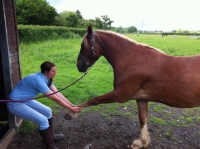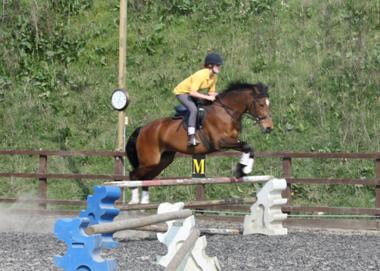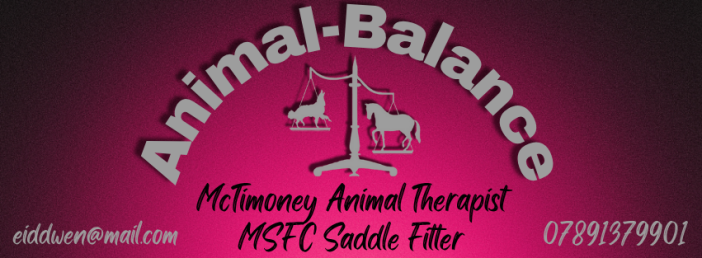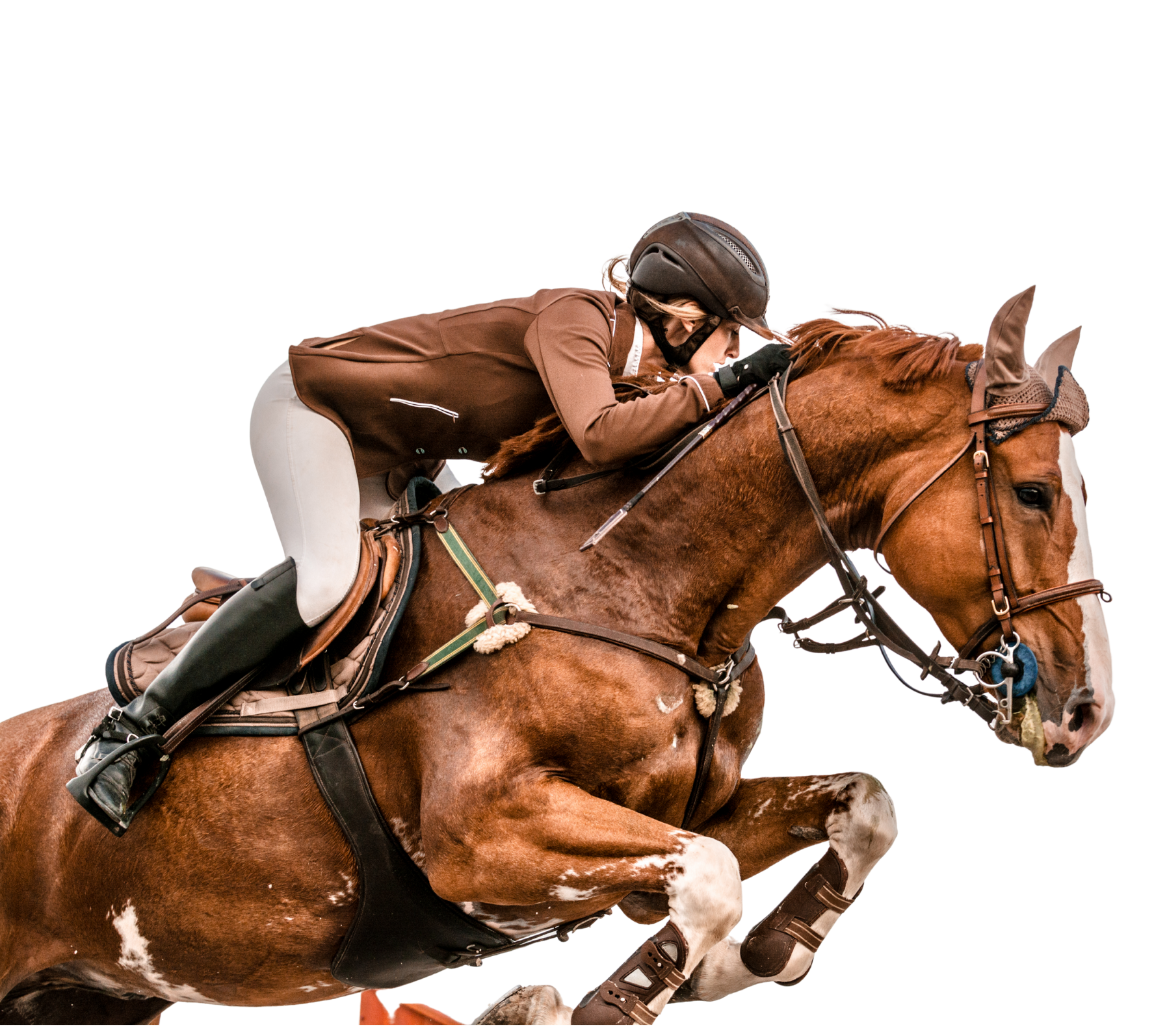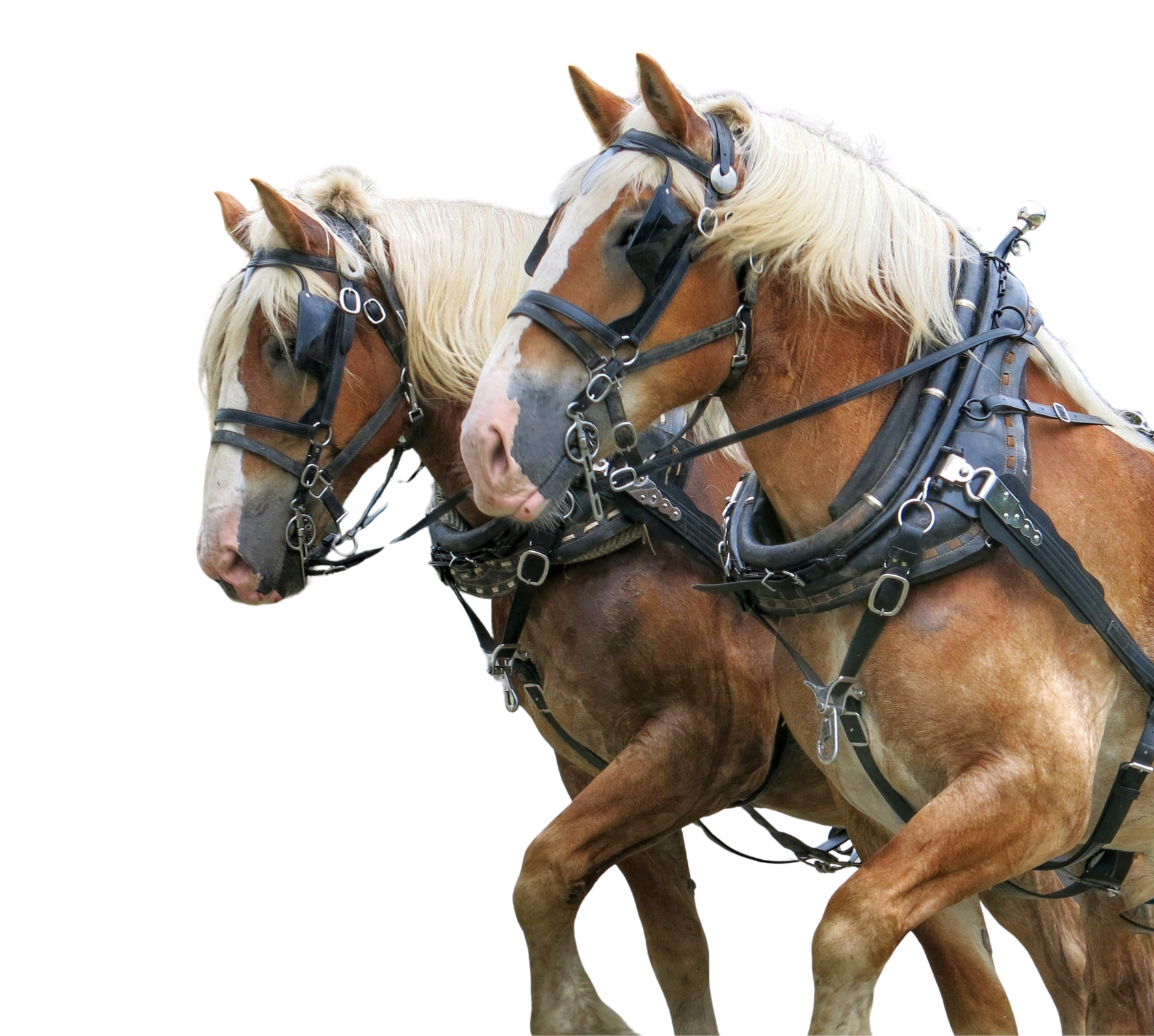Testimonials
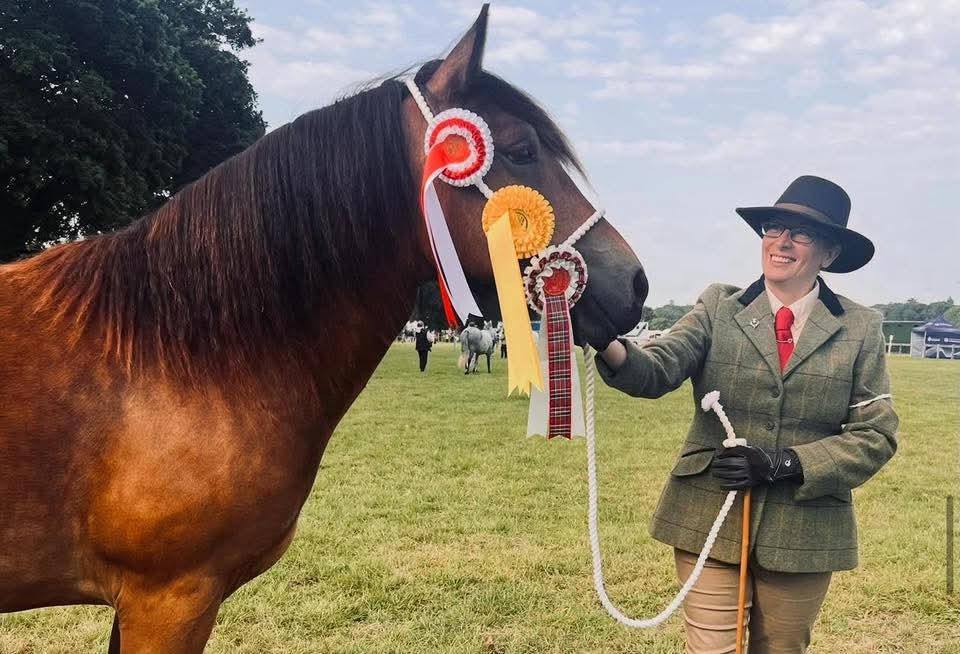
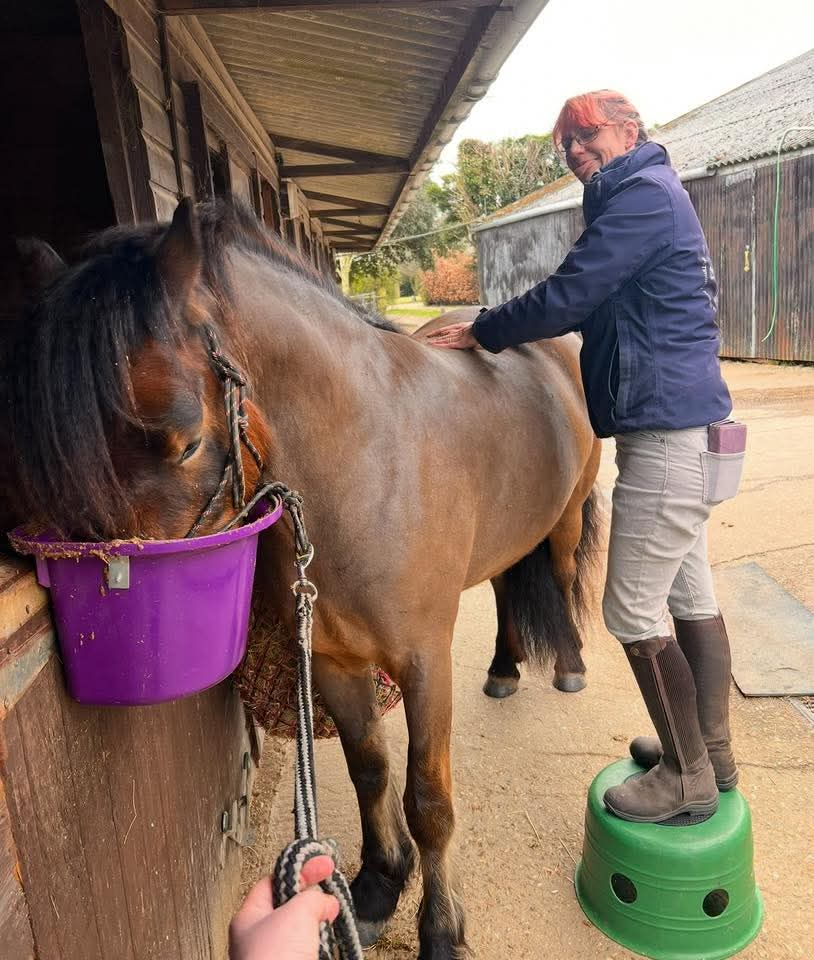 Sarah Newman
Sarah Newman
"Eiddwen is magical! There are no other words to describe her. She has treated my horses for many years, I simply wouldn't trust anyone else.
Not only does she treat them, she is always on the end of a message for advise, help or support.
My horses have had complex issues and she has worked alongside the vet at times to make sure they recieve the correct care."
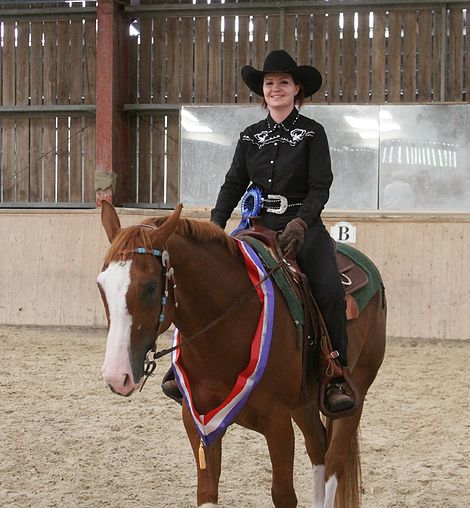
Debbie Cocklin
"Nothing ever seems to be a problem to Eiddwen, she genuinely has the horse's best interests in mind and always allows enough time at each appointment, to discuss exercises and stretches, that will help improve any issues long term. i am always grateful to have found someone so helpful and genuine.
Thanks for everything Eiddwen!"
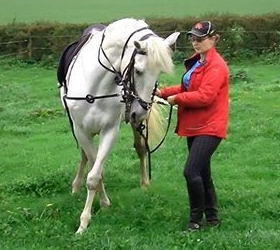
Vicky Richards
"Hi Eiddwen, Thank you so much for fitting me in so quickly today and for spending so much time at such short notice. You have really put my mind at rest over my horses back. I really appreciate the time you took to explain both the tightness and the impact of the saddle so I can keep on top of things as Xilo's rehab progresses. I hope I can avoid causing any new behavior issues having learnt what to look for in his muscle development and I am sure he will love your prescribed treat streches for that all important lumbar region! You will definatley be a regular part of our rehab strategy and hopefully well into our competition career in the new year! Thanks again."
Sami Illston
"Even after my horse, Roo’s, first treatment from Eiddwen I could feel a big difference to his way of going. He has always felt a little stiff and struggled to push through in his right rein canter, meaning he would canter with his quarters slightly in.
After his treatment and a few days of rest, I could already feel he was happier in his work and more willing to track up in trot. His canter improved almost immediately and he was more forwards and looser over his back.
3 weeks after treatment he went out and produced a brilliant dressage test with comments on what a good rhythm he managed to maintain (which before was one of his weaknesses). So at 17 years old he is feeling happier and stronger than he has done before and I will definitely be keeping up his routine checks with Eiddwen!"
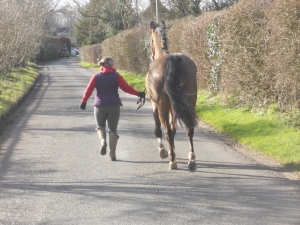
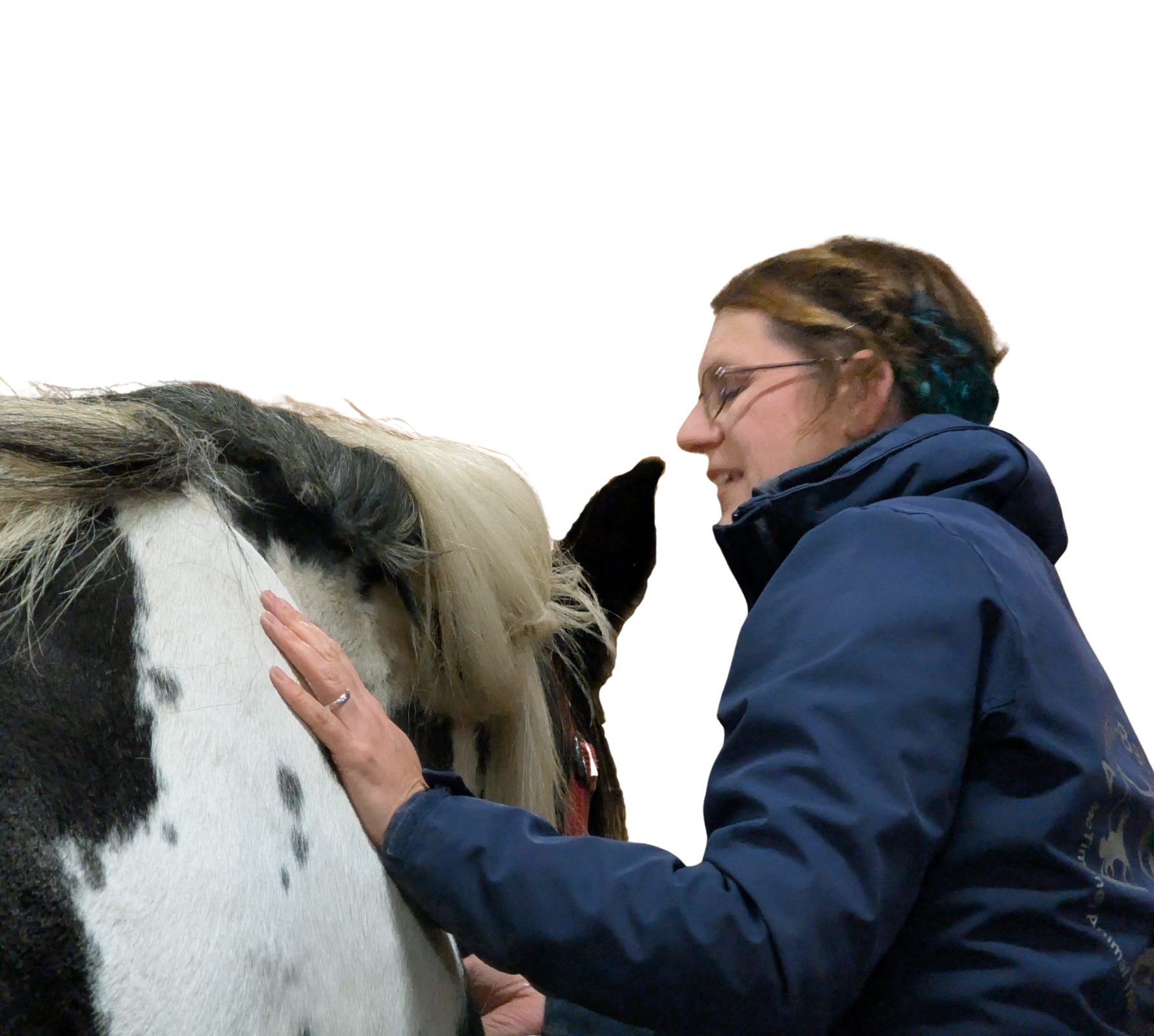
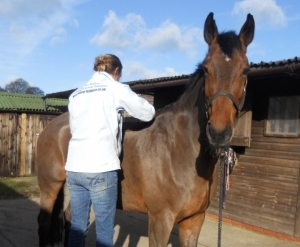
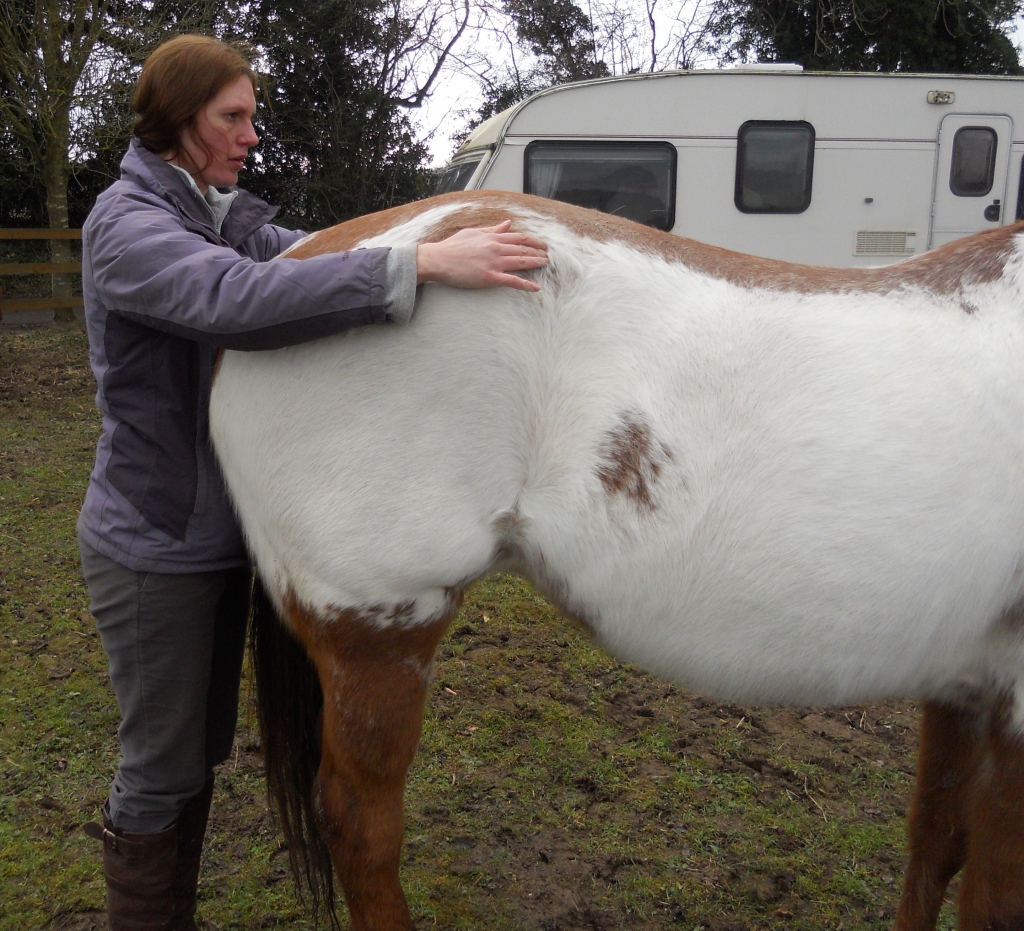
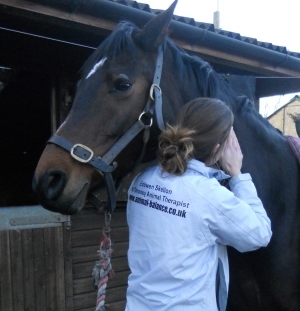
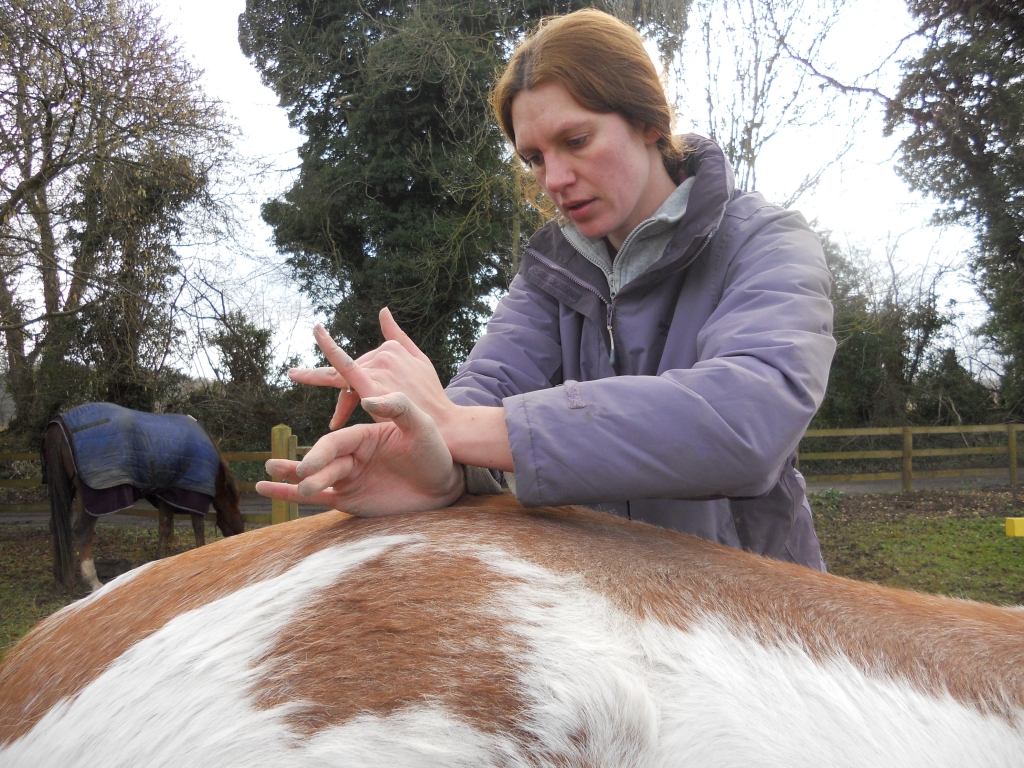
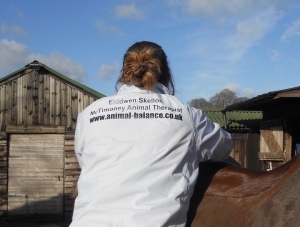
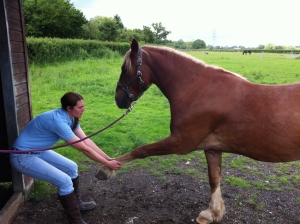
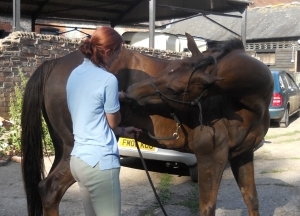
Equine Treatments:
Ben enjoying some pre treatment scratches
Horses are such powerful creatures, yet they can learn to respond to the slightest change of weight in the saddle, differentiate between numerous leg aids and accurately swat the smallest fly from their flanks. As owners we often forget that the horse was never designed to carry the weight of a rider, yet he does so with patience, willingness and trust.
Often horses with 'bad behaviours' or 'schooling issues' are simply reacting to pain or avoiding activities that cause discomfort. Horses with misalignments (and therefore back pain) often present with the following symptoms:
Skeletal misalignments and muscle spasms are often caused by a simple trauma such as slipping in the field or getting cast in the stable, other causes may include:
Compensatory movement plays a large role in the development of muscle spasms and misalignments. When an animal has an injury or underlying condition that causes pain or discomfort, it will naturally try to minimise this discomfort by altering its gait, when this occurs the body is placed under strain as it compensates for the change in concussive forces and movement patterns. For example, a horse with sore front feet will often present with tension and misalignments of the neck where he has 'held himself' to reduce the amount of force being generated through his forelimbs. This compensation may also result in thoracic and lumbar pain as the horse attempts to take more weight on his hind limbs.
Discipline specific problems can also occur. In an ideal world we would all have time to cross-train our horses to provide a balanced exercise regime, unfortunately to excel in a field takes practice and repetition and this ultimately places the body under strain, resulting in muscle tension.
Regular maintenace treatments (every 4-6 months) will ensure that the body maintains correct alignment, promoting even muscle development that will support correct movement and reduce the risk of injuries. |
